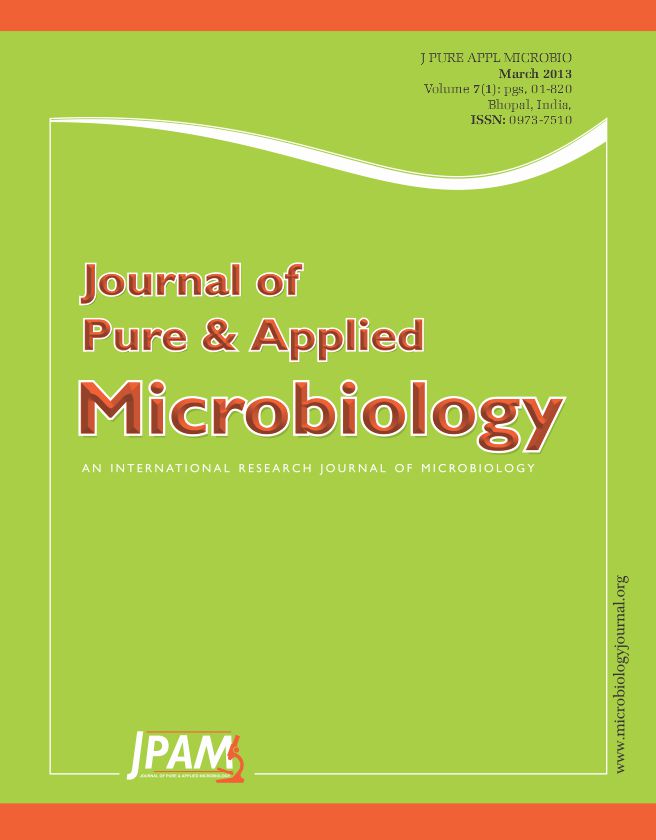Lactose hydrolyzing enzyme, b-galactosidases have been used in the dairy industry for the improvement of lactose intolerance. The aim of this study was to detect b-galactosidase enzyme produced by isolated Lactobacillus Plantarum from milk and cheese and effect of UV treatment on b-galactosidase. Isolated lactobacilli were cultured on MRS agar. Lactobacilli were identified by Gram stain and standard bacteriological and biochemical methods. Their ability to hydrolyze 5-bromo-4-chloro-3-indolyl-D-galactopyranoside (X-Gal)andO-nitrophenyl-D galactopyranoside (ONPG) was determined. A protein band of indicated b-galactosidase enzyme was also detected by sodium dodecyl sulphate polyacrylamide gel electrophoresis (SDS-PAGE) method. The colonies that produced greenish blue color on X-Gal plates were lactobacilli with b-galactosidase enzyme which had ONPG positive results. The highest enzymatic value was observed in 15 minutes UV radiation and also to characterize its probable bactericins of Lactobacillus plantarum. By adding Lactobacilli producing b-galactosidase enzyme as probiotic to dairy products, could help lactose intolerant people.
β-galactosidase, Lactobacillus Plantarum, UV treatment
© The Author(s) 2014. Open Access. This article is distributed under the terms of the Creative Commons Attribution 4.0 International License which permits unrestricted use, sharing, distribution, and reproduction in any medium, provided you give appropriate credit to the original author(s) and the source, provide a link to the Creative Commons license, and indicate if changes were made.


